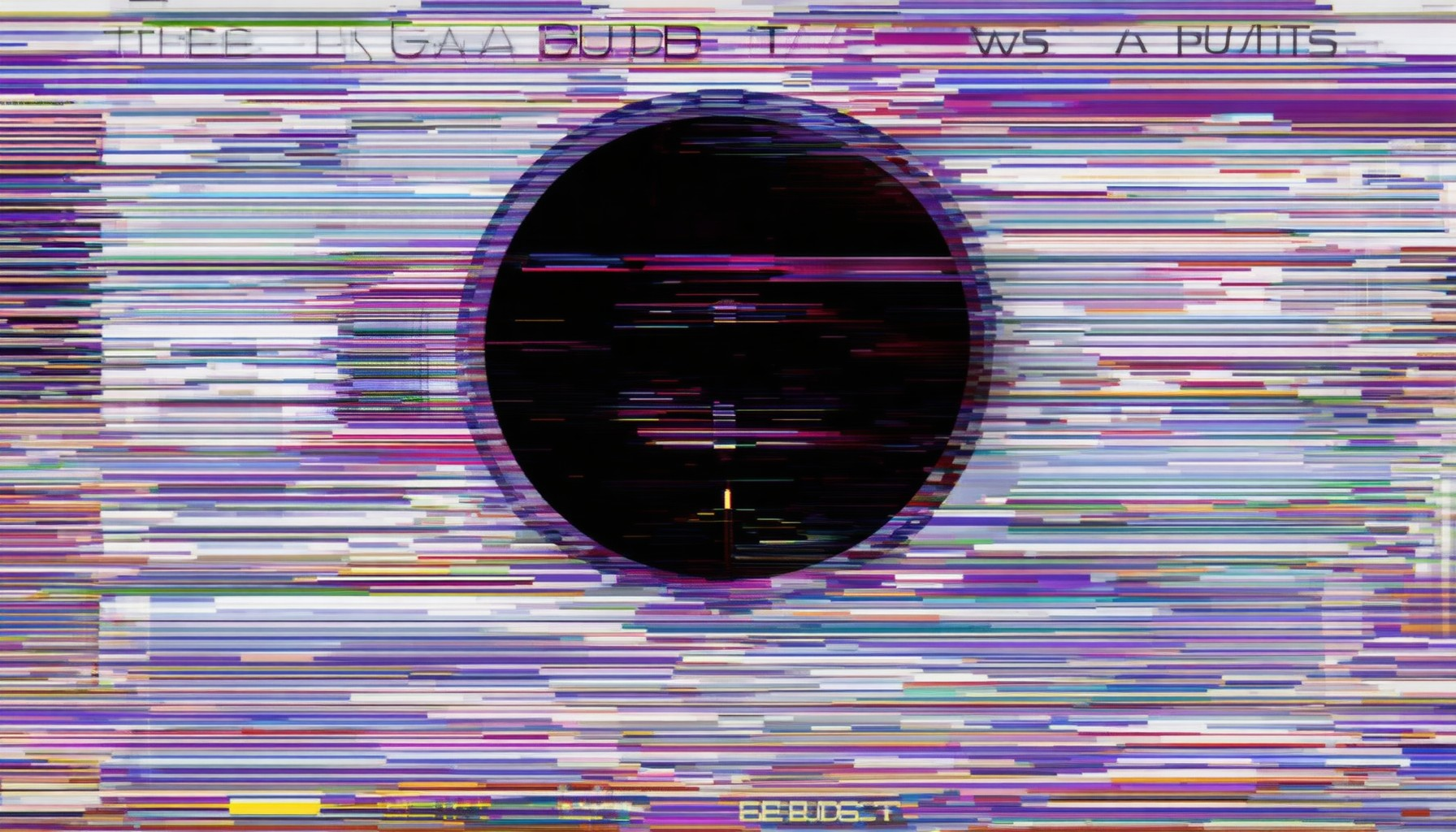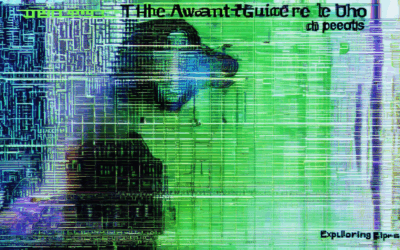Avant-garde beats, a genre known for its experimental nature and boundary-pushing soundscapes, continues to captivate listeners with its unique blend of innovation and artistry. This introductory paragraph explores the essence of avant-garde beats, delving into its distinctive characteristics, historical evolution, and cultural significance. By examining the genre’s defining features and its influence on modern music, we aim to provide a comprehensive overview that highlights why avant-garde beats remain a fascinating subject of discussion among music enthusiasts and critics alike. From its provocative sounds to its transformative experiences, avant-garde beats challenge traditional norms and invite us to rethink the boundaries of musical expression. Whether you’re a seasoned fan or a curious newcomer, this guide offers valuable insights into the world of avant-garde beats, shedding light on its past, present, and future.
Key Takeaways
- Avant-Garde Transformation: Evolved from a radical movement to a more integrated part of mainstream culture, influenced by commoditization, suppression, and institutionalization.
- Meaning of ‘Avant’: French prefix signifying forward-thinking, used in arts to denote innovation.
- Term’s Origin: Originally referred to a front guard, now broader to include any groundbreaking work.

What Does Avant-Garde Sound Like?
Avant-garde music is a genre that pushes boundaries, challenging traditional musical norms through innovative compositions and unconventional techniques. It often incorporates elements like non-traditional chord progressions, dissonance, and unexpected textures, creating a soundscape that feels experimental and forward-thinking.
Key Characteristics of Avant-Garde Music
- Harmonic Structure : Unusual chord progressions and intervals that defy conventional harmony.
- Rhythm and Tempo : Often unpredictable, with shifting time signatures and polyrhythms.
- Texture : Layered sounds, incorporating instruments beyond traditional ensembles.
- Emotional Impact : Can be intense, unsettling, or thought-provoking, evoking strong reactions from listeners.
Examples of Avant-Garde Sounds
- Abstract Hip Hop : Known for its experimental beats, intricate samples, and unconventional structures. Websites like AbstractHipHop.com explore this genre deeply.
- Jazz Fusion : Artists like Ornette Coleman and Henry Cow blended jazz with avant-garde elements, creating groundbreaking sounds.
- Experimental Noise : Musicians such as Sun Ra and John Cage explored extreme audio textures, pushing the boundaries of traditional music.
Notable Artists in the Genre
- Ornette Coleman : Known for his groundbreaking work in free jazz and avant-garde composition.
- Sun Ra : A visionary composer and bandleader who created cosmic jazz that defies categorization.
- Henry Cow : Pioneered fusion of rock, jazz, and experimental music, influencing countless artists.
The Impact of Avant-Garde Music
This genre challenges listeners to engage with music on a deeper level, fostering creativity and intellectual curiosity. Its influence extends far beyond music, inspiring innovation in various artistic fields.
Why is Avant-Garde So Popular?
The avant-garde continues to captivate audiences due to its innovative spirit and ability to challenge conventional thinking. Here are several reasons for its enduring popularity:
- Pushes Boundaries : Avant-garde art and music consistently explore uncharted territory, often defying traditional styles and structures. This boundary-pushing nature appeals to those seeking fresh perspectives and experiences.
- Controversy and Shock Value : The genre frequently provokes reactions, often intentionally shocking viewers or listeners. This element of controversy can generate significant buzz and attention, making it a talking point in cultural circles.
- Exploration of New Technologies : Modern avant-garde artists leverage cutting-edge technologies like digital art, virtual reality, and interactive installations. These innovations keep the movement evolving and offer unique ways to engage with art and music.
- Reflection of Social Change : Many avant-garde works reflect broader societal shifts, addressing political, economic, and cultural issues. This relevance ensures the movement remains impactful and resonates with audiences looking for meaningful art.
- Historical Legacy : Figures like Marcel Duchamp, Jackson Pollock, and others have left a lasting mark, inspiring future generations to experiment and innovate. Their contributions form a rich tapestry of creativity that continues to inspire.
- Commercial Appeal : Certain avant-garde works become highly sought after, driving demand in galleries and auctions. This commercial success adds to its accessibility and mainstream appeal.
- Interdisciplinary Influence : The genre blends various art forms, including music, literature, and theater, fostering collaboration and enriching each medium. This cross-pollination enhances its impact and reach.
- Adaptability Over Time : The avant-garde evolves with each generation, responding to changing cultural landscapes. This adaptability ensures it remains relevant and vibrant across different eras.
In summary, the avant-garde’s popularity stems from its innovative spirit, ability to provoke thought, and reflection of societal changes. Its history and adaptability further cement its position as a vital force in contemporary culture.

What Makes Avant-Garde Music Good?
Avant-garde music is celebrated for its innovative approach, uniqueness, and ability to push boundaries in the realm of sound. Here’s what makes it stand out:
- Originality and Innovation : Avant-garde musicians don’t follow established norms; they create entirely new sounds and compositions that challenge conventional music structures.
- Technical Mastery : These artists often exhibit exceptional skill in their chosen instruments, whether it’s through intricate compositions, improvisation, or the manipulation of sound itself.
- Emotional Depth : Despite its experimental nature, great avant-garde music can evoke powerful emotions, often leaving listeners in awe of its complexity and intensity.
- Collaborative Spirit : Many avant-garde projects involve collaboration with visual artists, poets, and other disciplines, leading to multi-sensory experiences that blur traditional boundaries.
- Risk-Taking Courage : The willingness to experiment and face criticism is a hallmark of avant-garde artists, who are unafraid to push boundaries and explore uncharted territories.
Abstract Hip Hop, as a platform, has always been a champion of avant-garde production techniques, showcasing artists who embrace these innovative approaches. Explore our latest articles to dive deeper into the genre’s unconventional sounds and creative processes.

What Happened to the Avant-Garde?
The avant-garde, a pivotal movement in modern art and culture, has undergone significant transformations rather than ceasing to exist. Its evolution can be understood through several key developments:
- Commoditization and Mainstream Integration :
The avant-garde initially existed as a rebellion against conventional art forms. However, as it gained recognition and popularity, it began to integrate into the mainstream. This integration often diluted its radical nature, turning it into a marketable trend rather than a revolutionary force. Abstract Hip Hop exemplifies this transformation, blending experimental techniques with mainstream genres while maintaining a unique underground presence. - Rise of New Movements :
The emergence of movements like surrealism, cubism, and later minimalism and pop art shifted the artistic landscape. While these movements drew inspiration from the avant-garde, they developed distinct identities, often moving away from its most radical principles. This shift marked a departure from the avant-garde’s initial purpose but allowed for continued experimentation in different contexts. - Political and Social Suppression :
Political factors also contributed to the avant-garde’s transformation. In some cases, governments and powerful groups suppressed avant-garde activities, fearing their subversive potential. This suppression limited its ability to thrive as a radical movement, leading to a decline in its confrontational stance. - Institutionalization :
The incorporation of avant-garde elements into established institutions like galleries, museums, and academia further tamed the movement. Initially a rebellion against the art world, it became part of the system it sought to challenge, losing much of its original rebellious spirit. - Technological Advancements :
The rise of mass media and consumer culture altered the art landscape. Art became more accessible and less challenging, shifting audience expectations and engagement. This change impacted the avant-garde’s role in provoking societal change.
In conclusion, the avant-garde did not die but evolved. It faced challenges of commercialization, suppression, and institutionalization, transforming into a more integrated yet less radical force. Today, its influence persists in various forms, continuing to inspire artists and thinkers who seek to push boundaries in their own ways.
What Does “Avant” Stand For?
The term “avant” is a prefix meaning “before” or “forward.” It originates from the French word “avant,” which translates to “before” in English. The prefix “avant-” is often used in technical and artistic contexts to denote something that is forward-thinking, innovative, or ahead of its time.
- Example 1: “Avant-garde” – Refers to the forefront of innovation or progress in art, music, or culture.
- Example 2: “Avantgarde” – A musical style characterized by experimental compositions and unconventional techniques.
- Example 3: “Avant la lettre” – In French, it means “before the letter,” often used in historical contexts to describe concepts or ideas before written records.
- Example 4: “Avant-propos” – A preliminary proposal or discussion before a formal plan or document.
The prefix “avant-” is deeply rooted in Latin, deriving from “ante,” which means “before” or “in front of.” Over time, it evolved into French and eventually found its way into English-speaking contexts, particularly in specialized fields like philosophy, literature, and arts.
Understanding the meaning of “avant” can help in interpreting various technical terms and artistic movements that emphasize innovation and forward-thinking ideas.

Why is it called Avant-Garde?
The term “avant-garde” originates from the French phrase “avant-garde,” meaning “front guard” or “vanguard,” traditionally referring to the forefront of an army. However, in the context of art and culture, it has evolved to signify a group of individuals at the forefront of innovation and experimentation.
Historical Context
In the early 19th century, “avant-garde” began to be used to describe artists and thinkers who were breaking away from conventional styles and introducing new ideas. These pioneers were often seen as leaders or trailblazers in their respective fields, pushing boundaries and challenging established norms.
Artistic Application
Within the realm of art, “avant-garde” refers to works that are innovative, experimental, and often controversial. Artists like Claude Monet and Paul Gauguin were early exemplars of this movement, whose paintings defied traditional techniques and subjects, paving the way for modern art.
Broader Usage
Over time, the concept of avant-garde expanded beyond visual arts to encompass music, literature, theater, and other creative fields. It describes any groundbreaking work that challenges traditional forms and introduces new perspectives.
Modern Interpretation
Today, “avant-garde” is used to describe anything that is cutting-edge, forward-thinking, or boundary-breaking across various disciplines. It highlights the spirit of innovation and the willingness to take risks in pursuit of new ideas and experiences.
Cultural Impact
From technological advancements to social movements, the term continues to resonate with those pushing for change and progress. It remains a symbol of creativity and the relentless pursuit of betterment in human society.





0 Comments